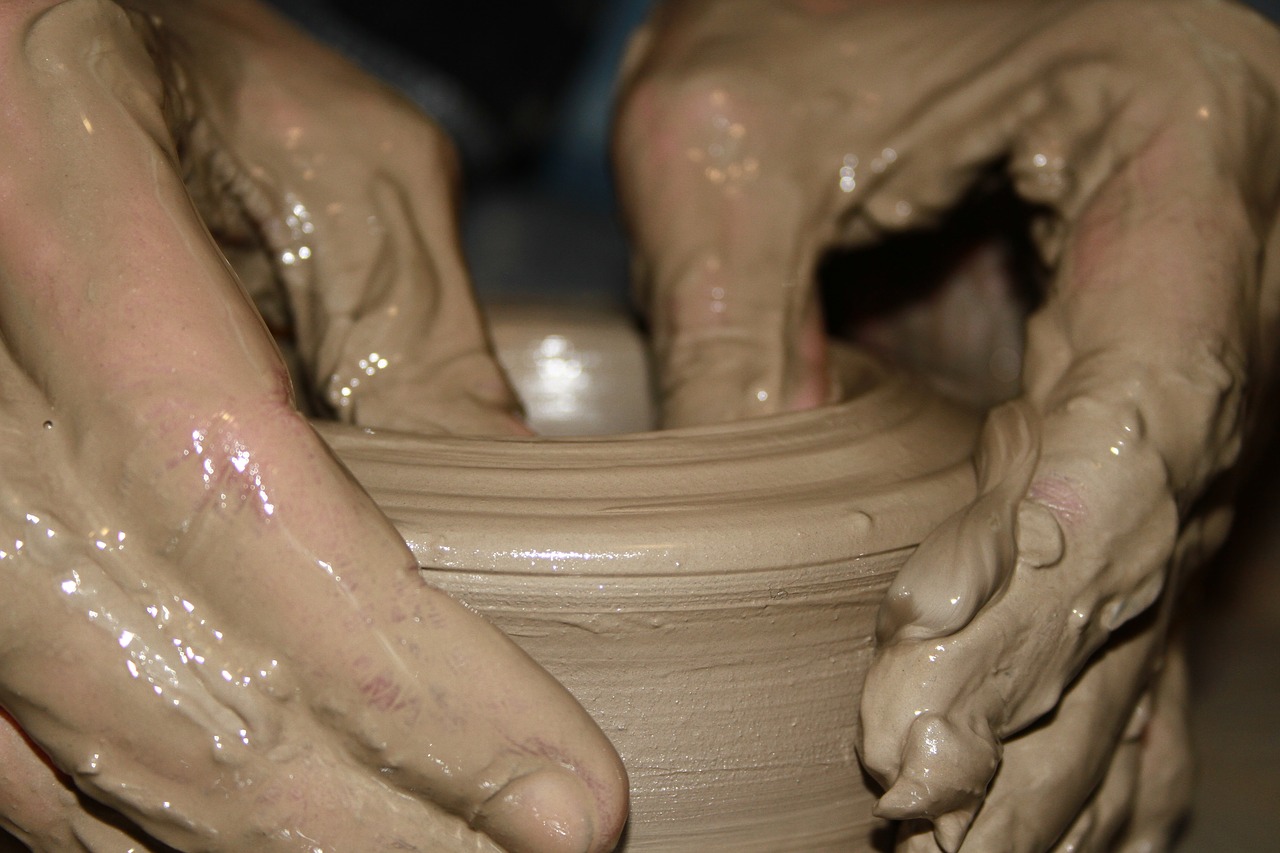Over the last decade, the nonprofit, non-governmental organization Turquoise Mountain has been working tirelessly to revive and revitalize traditional Afghan arts and crafts. Today, thanks to initiatives like the Turquoise Mountain Institute—Afghanistan’s premier vocational training institute for arts and crafts—and extensive partnerships with international organizations, markets, and artists, a whole new generation of artists are breathing new life into Afghanistan’s unique crafts traditions, and transforming their own lives in the process. Read on to meet a few of the 450 artisans that Turquoise Mountain has worked with over the years.
-
Javid Noori
The Noori family has been in the jewelry business since Javid’s father founded his first shop in the 1950s; it was here that Javid began to watch and learn his future craft. Although his family left Afghanistan during the conflict years, Javid returned in 2002 and established one of the country’s best-equipped jewelry workshops. Having quickly gained a reputation for working exclusively with Afghanistan’s finest gemstones, Javid saw his business thrive, leading to a host of opportunities, including a collaboration with renowned international jewelry designer Pippa Small.
Despite the scale of his success, Javid remains firmly committed to supporting and nurturing the next generation of Afghan jewelers. To this end, he teaches part time at the Turquoise Mountain Institute and nurtures promising emerging talents as apprentices in his workshop.
-
Ahmad Shafiq
A 2011 graduate of the jewelry and gem-cutting school at the Turquoise Mountain Institute, Ahmad Shafiq is the cofounder of Blue Diamond, a jewelry business that specializes in creating unique, modern pieces that are inspired by traditional Afghan designs. Together with his three fellow cofounders, Ahmad has collaborated with Hattie Rickards, a UK-based designer, on a contemporary jewelry collection that features indigenous stones and bold geometric patterns. He has also worked with jewelry designers Vicki Sarge and Zara Simon, and with prestigious international labels MADE and Bajalia. The Blue Diamond workshop is based in the old city of Kabul.
-
Tamim Sahebzada
As a member of a family of well-known calligraphers, Tamim Sahebzada was just seven years old when he began learning the art of miniature painting. Today, at the age of 35, Tamim continues his family tradition of working to preserve the Behzad School of illumination work, a style of painting that originated in Persia in the late 15th century. In addition to teaching miniature painting, illumination, and design at the Turquoise Mountain Institute, Tamim has exhibited his work locally and internationally to wide acclaim.
-
Samira Kitman
Although just 25 years old, calligrapher Samira Kitman is already running one of the most successful arts enterprises in Afghanistan. A graduate of the Turquoise Mountain Institute, Samira established her own business, Muftah-e Honar, in 2012. Two years later, the company garnered a prestigious commission for Mecca’s five-star Anjum Hotel, which Samira completed along with 15 fellow calligraphy graduates from Turquoise Mountain. Since that time, Samira’s reputation for producing quality handmade artworks has grown significantly, enabling her to work on numerous bespoke commissions for public buildings, exhibitions, and private clients all around the world.
-
Masoud Abdul Baqi
Born in Kabul in 1984, Masoud Abdul Baqi grew up outside Afghanistan but returned to the country at the age of 10. After completing high school, Masoud enrolled in the Turquoise Mountain Institute’s woodwork program. Today, he is a specialist in jali, a unique form of woodwork that features hundreds of different geometric patterns created by using delicate joints to hold slender slivers of wood together.
-
Sayed Jan Nuristani
Also known as the “Land of Light,” the Nuristan region in the Hindu Kush Mountains of northeastern Afghanistan is home to a distinctive woodcarving tradition, the hallmarks of which are geometric and repetitive patterns made by cutting deep ridges and angles. It was in a Nuristan village, working alongside his father carving interiors for village homes, that Sayed Jan Nuristani learned his woodworking craft. Today, in addition to teaching at the Turquoise Mountain Institute, Sayed works alongside his son at his family business in Kabul.
-
Samim Nasimy
Unlike many other artisans, Samim Nasimy is the first member of his family of distinguished engineers to receive vocational training in traditional crafts. As he explains, there is something very powerful about using one’s hands to transform raw natural material into a beautiful object. A 2012 graduate of the Turquoise Mountain Institute, Samim teaches pottery and helps to run Afghan Traditional Pottery, an independent Kabul-based business.
-
Zahir Shah Amin
Born in Mazar-e-Sharif in 1988, Zahir Shah Amin is the son of one of the most renowned tile-makers in Afghanistan. Zahir has been with the Turquoise Mountain Institute since 2007, when he worked in its tile-making program. Today, Zahir is the program’s head teacher. In addition, he directs his own business and has received tile commissions for a number of prestigious projects, including an exhibition at the Museum of Islamic Art in Doha and the new façade of the National Museum of Afghanistan.

